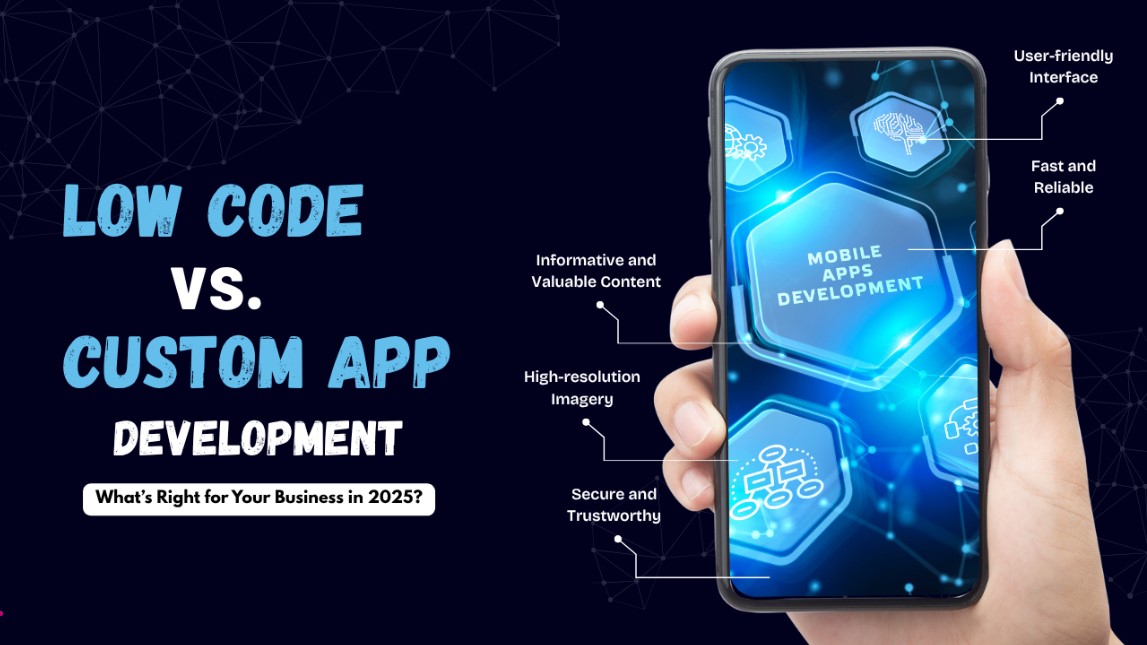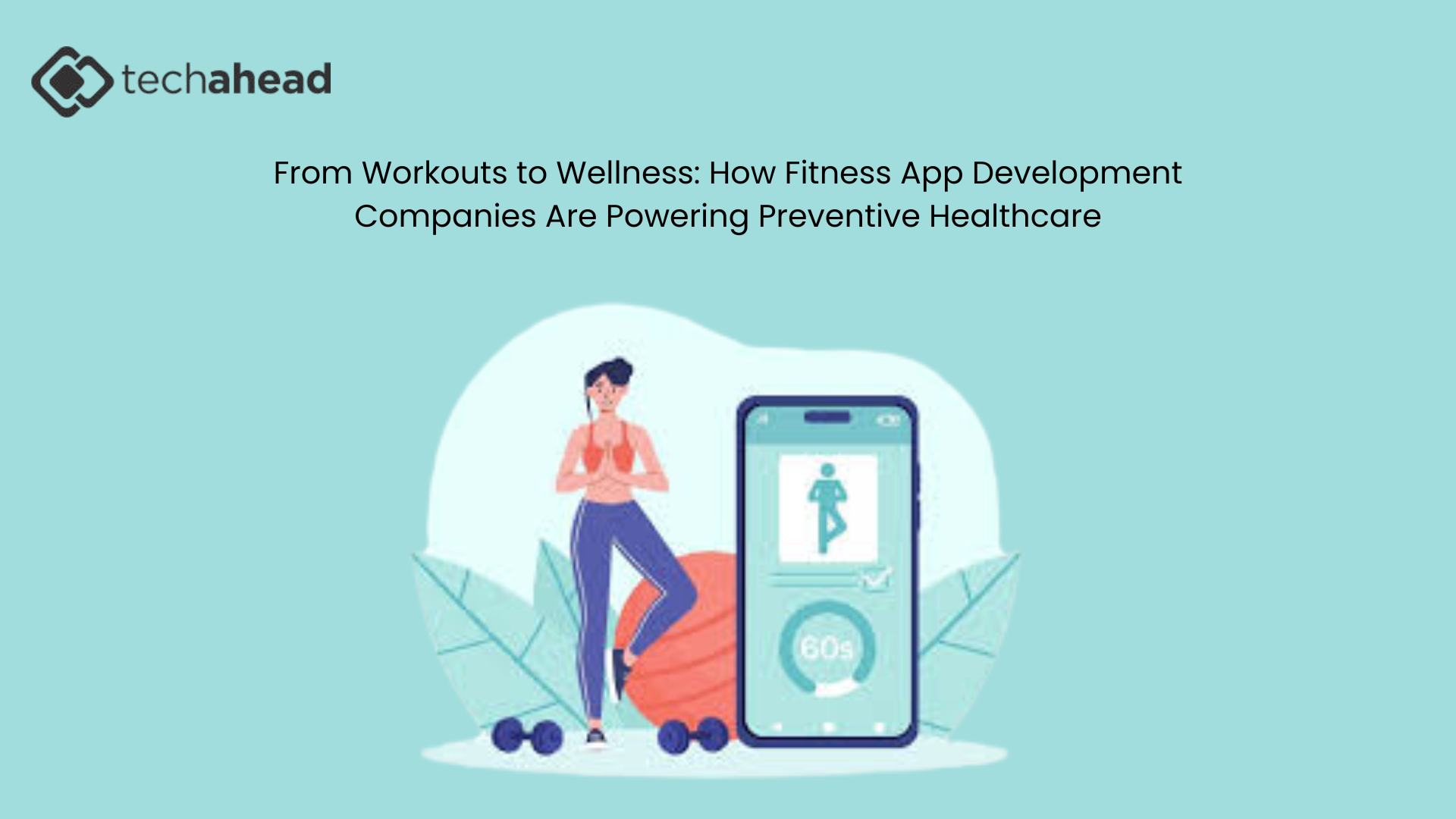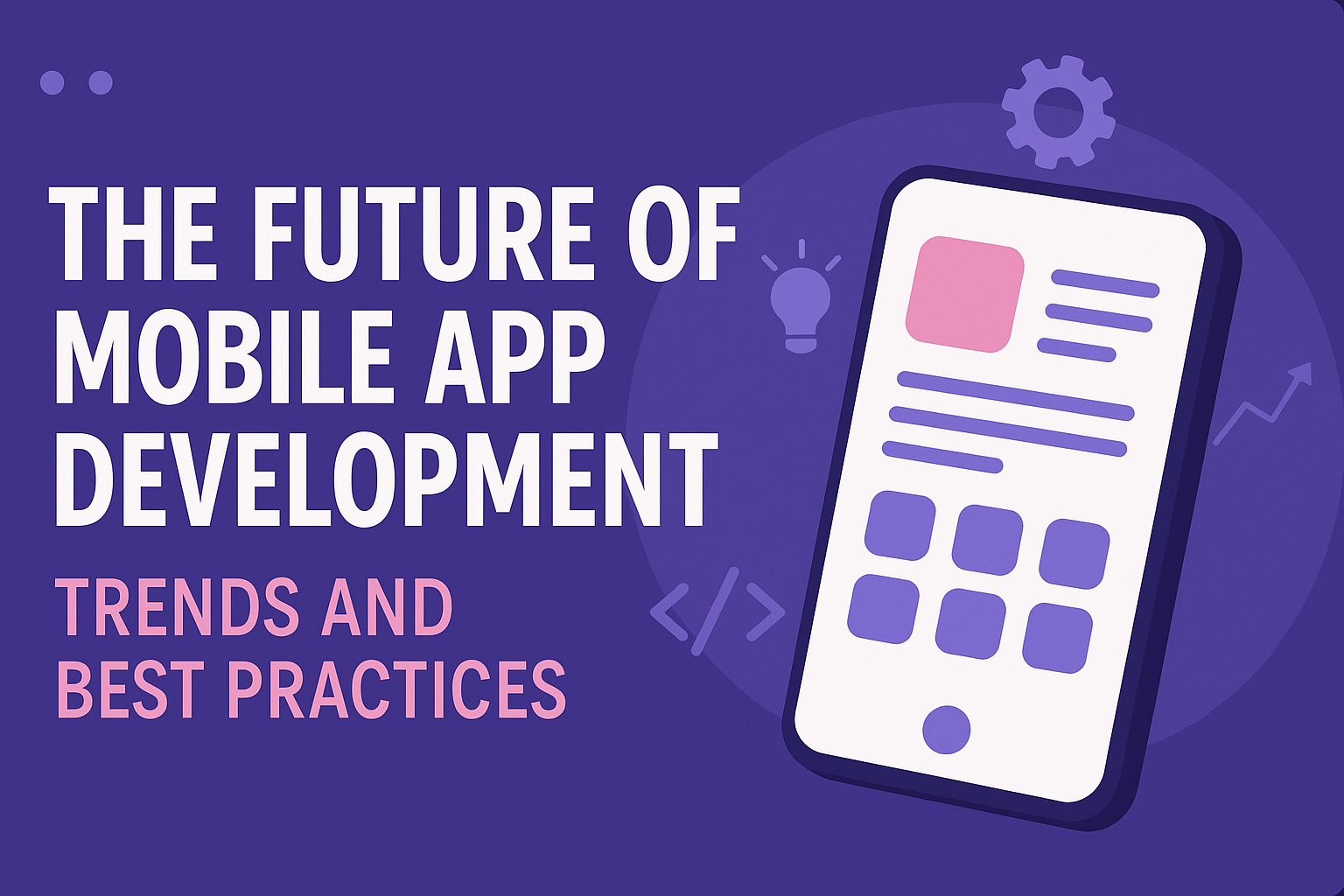Low-Code vs. Custom App Development: What’s Right for Your Business in 2025?

As businesses enter 2025 with increased urgency to digitize, choosing the right app development model is more important than ever. Should your company adopt a low-code approach for speed and cost-efficiency or invest in custom app development for flexibility and scale?
✍️ Before you invest in building an app, it’s essential to understand timelines, costs, and complexity. Our complete app development breakdown helps you set realistic expectations for your project.
This article explores the pros, cons, and use cases of both low-code and custom app development to help businesses make the right call in a rapidly evolving digital environment.
Key Takeaways:
- Low-code platforms are fast, affordable, and ideal for MVPs and internal tools.
- Custom development is best for long-term scalability, security, and unique business requirements.
- Trends such as AI integration and composable architecture, expected in 2025, influence both options.
- Hybrid models are becoming increasingly popular.
Careful assessment of business needs, complexity, and compliance will drive better decisions.
What is Low-Code App Development?
Low-code platforms simplify app creation through drag-and-drop interfaces, reusable components, and minimal manual coding. This enables business users and developers alike to build functional applications quickly.
Key Features:
- Visual development environments
- Built-in APIs and third-party integrations
- Pre-built UI components and logic
Popular Low-Code Platforms in 2025:
- OutSystems
- Mendix
- Microsoft Power Apps
- Appian
- Zoho Creator
- Betty Blocks
Best Use Cases:
- Internal dashboards and workflows
- Prototyping MVPs
- Automating manual business processes
- Digital transformation initiatives
What is Custom App Development?
Custom app development involves building an application from scratch, tailored precisely to a business’s specific functionality, user experience, and backend requirements.
Key Benefits:
- Full control over design, features, and scalability
- Strong security and regulatory compliance
- Seamless integration with legacy and third-party systems
- Ability to support unique workflows and industry-specific needs
Ideal For:
- Customer-facing platforms
- Complex enterprise-grade apps
- Apps requiring AI, IoT, or offline functionality
- Businesses looking for a competitive advantage via unique digital experiences
Pros & Cons of Low-Code Development
Advantages:
- Speed: Faster development and deployment cycles
- Cost-Efficiency: Reduced need for large dev teams
- Accessibility: Empowers non-developers to contribute
- Agility: Easy to iterate and test ideas quickly
Disadvantages:
- Customization Limits: May not meet unique requirements
- Scalability Concerns: Platform constraints for growing apps
- Vendor Lock-In: Long-term reliance on the platform ecosystem
- Limited Performance Optimization: Not suitable for highly optimized apps
Pros & Cons of Custom Development
Advantages:
- Complete Flexibility: Build features and flows from scratch
- High Scalability: Designed to support future growth
- Data Control & Compliance: Better alignment with privacy standards
- Tailored User Experience: Optimized UX based on audience behavior
Disadvantages:
- Longer Development Timelines: Custom coding takes time
- Higher Upfront Costs: Investment in design, development, and QA
- Maintenance Burden: Ongoing updates and bug fixes required
- Requires Technical Expertise: Needs skilled developers and strong planning
Key Factors When Choosing Between the Two (H2)
Business Objectives:
Do you need a quick prototype or a mission-critical product?
Budget & Resources:
What can you afford in terms of time and money?
Security & Compliance:
How sensitive is your app’s data?
Technical Complexity:
Does your app require unique integrations or custom workflows?
Future Roadmap:
Will the app evolve or scale with user demands?
User Experience Expectations:
Do your users expect advanced personalization, performance, or unique interfaces?
Maintenance Strategy:
Consider long-term maintenance and platform support.
Trends Shaping App Development in 2025
AI-Powered Features:
From chatbots to predictive analytics, AI is now integral to modern apps. Custom solutions allow deeper AI integration, while low-code platforms offer faster prototyping with AI blocks.
Composable Architecture:
Modular systems let businesses assemble and reassemble app components. Low-code tools offer drag-and-drop assembly; custom apps provide granular control.
Hybrid Development Models:
Teams use low-code for internal tools and custom builds for client-facing apps.
Security Demands:
With increasing data regulations, more companies turn to custom web app development services to stay compliant and secure.
Increased Use of Citizen Developers:
Empowering non-developers through low-code tools is shifting how organizations approach development.
Multi-Experience Development:
Businesses now design for web, mobile, wearables, and IoT. Low-code platforms enable quick multi-device outputs, while custom builds deliver deeper optimization.
Sustainability and Efficiency:
Code reuse, streamlined development, and automated testing tools are increasingly important for eco-conscious development.
Low-Code AI Integration:
Most low-code platforms now offer built-in AI modules, making it easier for businesses to deploy intelligent features without needing data scientists.
Hybrid Use: Best of Both Worlds
Many companies in 2025 opt for a hybrid development strategy:
- Low-code for internal productivity tools
- Custom development for apps that define user experience and brand value
Example: A retail brand may prototype an inventory tool with a low-code platform while hiring a custom mobile app development company to build a customer-facing mobile app with AI recommendations.
Case Study: Comparing Use Scenarios
Startup Scenario: A bootstrapped founder uses a low-code platform to launch a beta version of an idea. After market validation, they scale with a custom-built version to meet growing user expectations.
Enterprise Scenario: A healthcare provider with HIPAA requirements commissions custom mobile app development services to create a secure telemedicine platform.
SMB Scenario: A mid-sized logistics company digitizes internal operations with low-code but leverages custom development for a client-facing order tracking app with real-time geolocation.
Public Sector Scenario: A city municipality creates a public services dashboard using low-code for speed, while commissioning a custom app for emergency response systems due to strict security and real-time performance requirements.
App Development Cost Analysis in 2025
Low-Code:
- Lower development cost
- Recurring platform license fees
- Less control over the feature roadmap
- Ideal for MVPs, internal tools, or departments
Custom Development:
- Higher initial spend
- Full control, better ROI long-term
- No licensing fees or platform constraints
- Strategic investment for customer engagement and retention
Hidden Costs to Consider:
- Platform dependency in low-code
- Long-term tech debt in poorly planned custom projects
- Skill shortages driving custom dev costs
Conclusion: Choosing the Right Path in 2025
The decision between low-code and custom app development is no longer binary. Instead, it hinges on your business model, budget, and product vision.
For lightweight internal tools or MVPs, low-code offers speed. But when your app becomes a core part of your business, requiring scalability, performance, and differentiation, custom development is often the smarter long-term choice.
Understanding when and how to apply each approach can save costs, reduce technical debt, and accelerate innovation.
Note: IndiBlogHub features both user-submitted and editorial content. We do not verify third-party contributions. Read our Disclaimer and Privacy Policyfor details.







